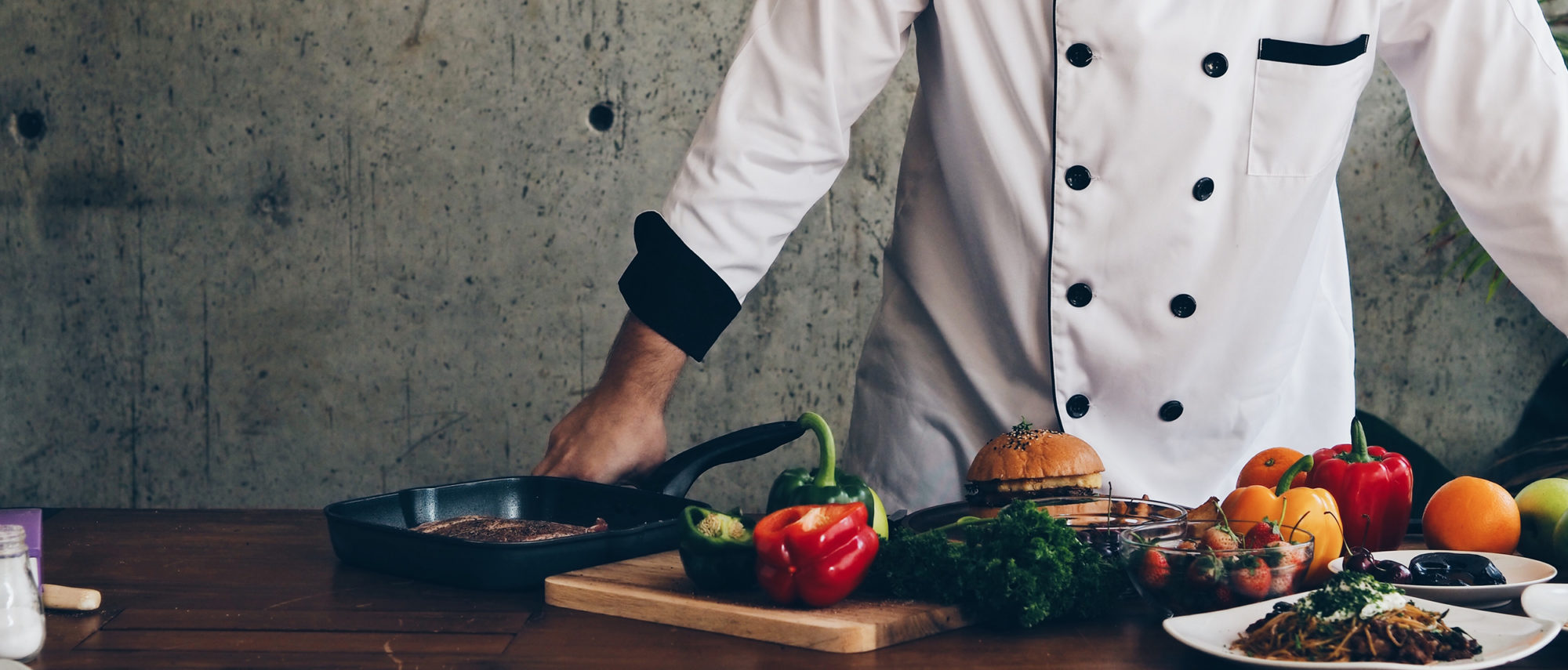With Alex Canter (Ordermark), Jenn Hier (Nextbite), Massimo Noja de Marco (Kitchen United)
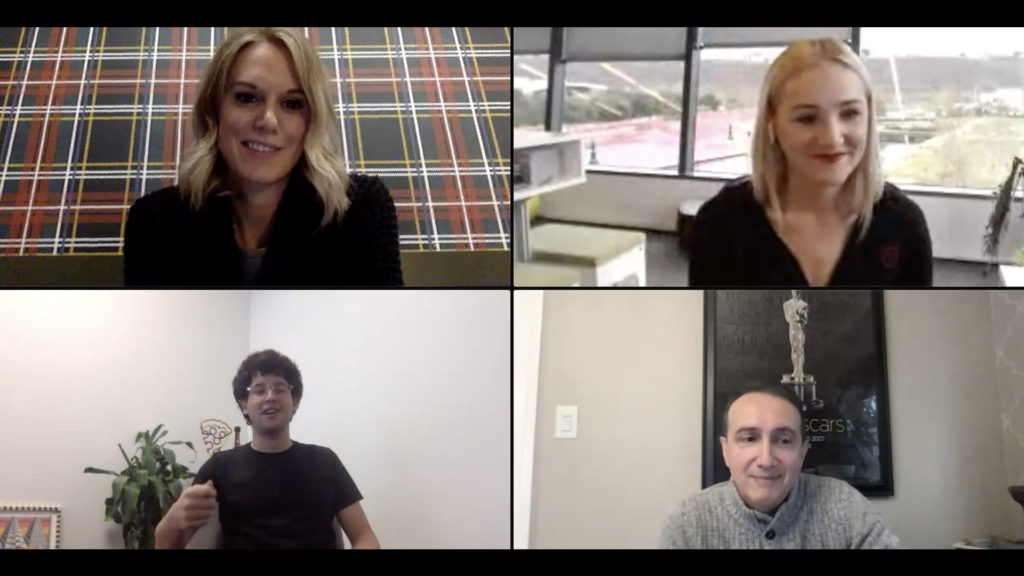
Macy:
“We’re sharing some of the things that we’ve learned working with hundreds of virtual kitchens, nationwide. We’re going to discuss some of the innovations that we’re seeing currently popping up in the space. Today, I’m joined by Alex Canter. He’s the great grandson of the founder of Canter’s Deli in Los Angeles and he’s also the founder and CEO of Ordermark. Also, we’re joined today by Jen Hier. She is the COO of Nextbite, which is launching innovative virtual concepts across the country. We also have a very special guest: Massimo Noja de Marco. Who is the Chief Concept Officer of Kitchen United.
Alex, can you give me a quick overview of what a virtual kitchen is?”
Alex:
“A Virtual Kitchen is actually a new category of restaurant. It’s basically a restaurant that only exists on online ordering platforms, like Uber Eats and DoorDash and it’s typically fulfilled out of either an existing restaurant or out of a shared kitchen space within a commissary kitchen.
It allows restaurants to create a new format that doesn’t have the typical overhead expenses of running a full restaurant. It gives an opportunity to create this new, profitable, delivery-focused revenue stream that you can tap into the different marketing platforms and really build a brand that is designed specifically for delivery.”
Macy:
“Jen, let me ask you this: What does Nextbite do?”
Jenn:
“Nextbite is creating restaurant concepts designed specifically for delivery. We come up with everything from the name to the logo and menu design. We put together the packaging and we sign you up for the online ordering services.
Then, we go out into the world and we look for existing restaurants that have extra capacity that can turn on our concepts so they can instantly become a fulfillment partner, start preparing food, and start selling food for delivery.”
Macy:
“Massimo, can you tell me: what is Kitchen United doing?”
Massimo:
“Let me just say that what she’s doing is brilliant. Kitchen United designs, builds and operates kitchen facilities with multiple brands under one roof. The kitchens are optimized for off-premise delivery and catering and they’re generally in smaller spaces than a traditional restaurant.
So, instead of having this giant kitchen, we build these smaller spaces that are very, very efficient so that you can manage them with two or three employees at the most. It brings down your cost in labor and the brand’s cook the food and Kitchen United does the rest. We do the cleaning and sanitization, receive the delivery, and all the other fun stuff that most of the cooks don’t like to do. I’ve never met a cook that loves to clean, so they’re very happy.”
Macy:
“Jen, what do you need to get started with a virtual kitchen? Do you need to create entirely separate legal entity?”
Jenn:
“That’s a great question. No, if you are already running a business, you can actually just add a virtual kitchen as a DBA under your current license or your current entities. You can use your same EIN number and then you can actually open in your existing restaurant just under your same Health permit. You can also use these concepts in your existing space or a commissary kitchen, like Kitchen United. Massimo, if you guys have tenants in your space that have extra capacity, they could easily just add on one of our concepts and generate additional revenue.”
Macy:
“Alex, how can you take your existing restaurant menu and use it for many concepts?”
Alex:
“A lot of restaurants make the mistake of thinking that their whole menu should go on the delivery menu for all their platforms. But, in reality, there are certain items that don’t travel well or certain items have higher food costs. It’s really important to tailor your menu down in a strategic way. If you’re launching a brand new virtual restaurant brand from scratch, there are a couple of strategic ways that people are creating these menus.
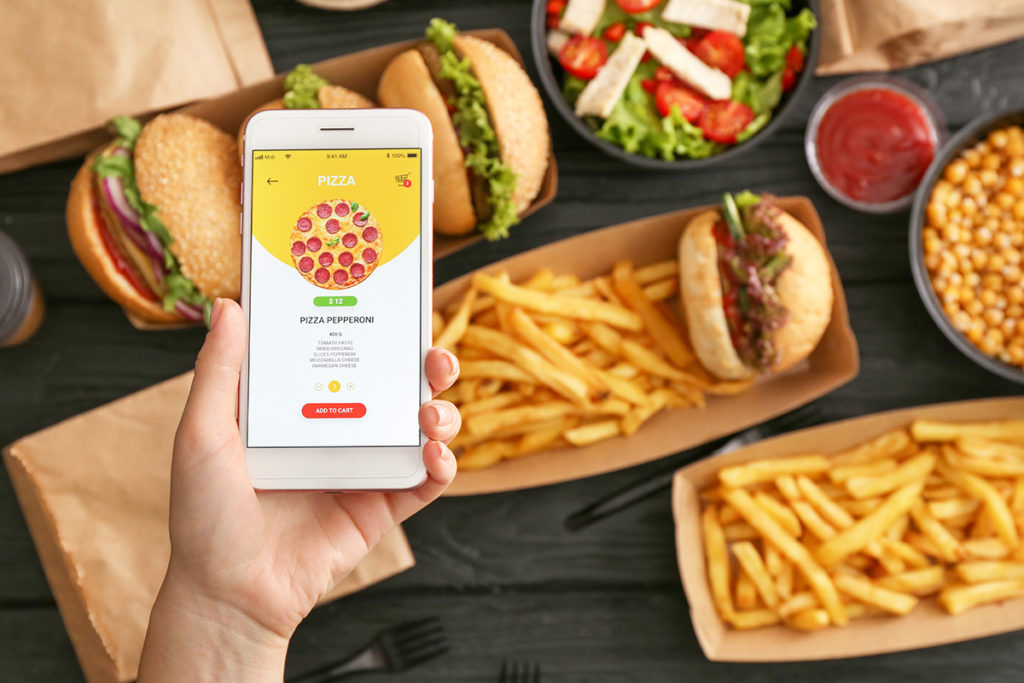
A very popular method is called “menu splitting”. If you’re a pizza restaurant that has wings on the menu, for example, you can actually just launch your own wing concept without adding any additional ingredients or without really taking up any new space in your kitchen.
That’s one popular method, but it’s also important to focus on menu items that are going to arrive well, not just go out the door fresh, but actually arriving crispy and the way that it’s intended to be.”
Macy:
“Jenn, let me ask you: how many concepts can you run out of your existing space?”
Jenn:
“Well, we run a lot. We are very efficient in our space and we’re very smart about how we lay everything out and I would say our kitchen is maybe 300 square feet. Right now, we’re running three concepts and we’re about to launch another one. If you’ve got 300 square feet, if you’ve got a little extra space in a freezer, if you’ve got a fryer that’s not being used, you can turn on a couple of extra concepts.
I think we’ve seen up to 10-15 concepts run out of one kitchen floor.”
Massimo:
“One of our concepts in Chicago is doing eight concepts, or different “brands”, out of just one hood and it’s one of the smaller kitchens so, Jen, you’re right. We have two sets of kitchens: one is 275 square feet, the other one is 350 or 360 square feet. It really depends on how well you design it and how well you design the menu around the equipment.”
Macy:
“Massimo, Kitchen United has seen explosive growth. When it comes to running concepts out of your kitchens, how many concepts run out of each KU location?”
Massimo:
“We have facilities that have 8 to 14 different kitchens, but then again out of one kitchen you could have three or four different concepts so you could multiply and get up to 25 different concepts. When you’re going into a new area and you bring in 25 different choices for the Millennials, like me, it’s a fantastic option because you don’t want to order the same thing.
For us, it’s also the ability of ordering from multiple menus. I say, think of it this way: you are at home and you want some steak. Your wife wants sushi. What about the kids? I don’t want pizza or hot dogs all the time. How are you going to do 4 different deliveries? That’s now four different delivery times. Maybe one of them doesn’t even get there. If you can get just one delivery, one delivery charge, and you get four different menu items, then you can all sit down for 5 to 10 minutes because you know, the kids are going to run away.”
Macy:
“You can get a little family time! It sounds like a very efficient way to give everybody what they want.
Jenn, I know that Nextbite currently has three concepts that are operating, 10 in development. What factors do you take into consideration when you are developing these concepts?”
Jenn:
“We take a couple things into consideration. I think the pain point for delivery is, like Alex said, it’s trying to figure out what actually delivers. You have to change your recipes up a little bit. You have to toast buns longer. You probably can’t serve pancakes. You have to figure out how to keep your fries crispy.
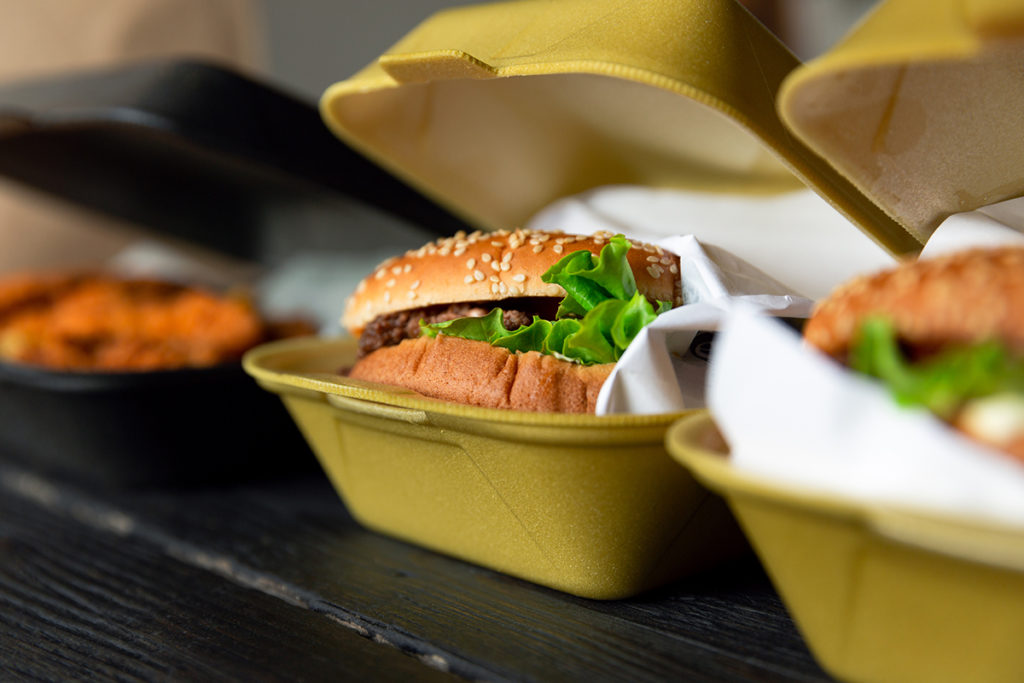
We test the food with different packaging, and will literally put it in my car and I’ll drive around for 20-30 minutes and see: how does it arrive at someone’s home? If it’s terrible, then we will probably scratch that off the menu.
We look at food costs. We try to look at the main ingredients that a lot of restaurants already have and we design menus around that. If a restaurant partner wants to turn on one of our concepts, they don’t have to add a lot of new SKUs to their ingredient orders. We take all kinds of things into consideration, but the biggest one is: people want their food fresh and hot and that’s a challenge.”
Macy:
“Alex, we know what a commissary kitchen is. But what is the difference between running a virtual kitchen out of a commissary kitchen versus running one in your store?”
Alex:
“Both are great options. When you’re running a restaurant out of your existing brick and mortar business, one thing that’s nice about that is that there are already fixed costs associated. Your operational expenses are already there and running. You’ve already got labor. The lights are already on.
The rest is pretty much profit. Unless you’re having to hire additional staff to manage all the orders which, in my opinion, is a great problem to have.
The commissary kitchen model makes a ton of sense. It’s something that I looked at for my family’s restaurant brand Canter’s. Rather than going and opening up big investments in Downtown LA and in Pasadena, we decided to explore commissary kitchens with very minimal upfront investment.
It’s a two-person operation to run the commissary kitchen which, for an established brand like Canter’s, is a really great way for us to reach this new three mile delivery radius without having to go build a whole infrastructure and staff it with a regular sized restaurant. For us, it was a great way to expand instead of going the traditional franchising route or opening up more locations. It’s very low-cost.”
Macy:
“When you expand on that delivery radius, you’re going to drive more traffic to your brick-and-mortar location and you’re reaching tons of new customers you never would have touched before.”
Alex:
“You know, we didn’t have a ton of data on the demand for Canter’s in other areas. We’ve always had people coming in saying, “When are you going to open a location in the valley or in Santa Monica?” and it’s hard to know exactly where will do well. There’s a lot of data out there that suggests where the top delivery zip codes are, and it’s something that the online ordering platforms will tell you, if you ask.
You can experiment with a kitchen in these territories, in a Kitchen United facility, and test it out to see if it’s something that you want to continue to expand upon.”
Macy:
“Massimo, how does kitchen United market? Do you do any marketing efforts for the different concepts in your in the locations?”
Massimo:
“Yes, we do! First of all, we don’t market Kitchen United, because it’s not important to have the Kitchen United name out there. For us, it’s important to have our brands be incredibly successful and, therefore, we market the brands.
We do a number of different marketing initiatives and traditional marketing. We do door hangers and all that fun. We’ll have “street teams” go out and hit on the very large development buildings where they have 3,000 units and we go and we make contracts for our restaurants.
That way they can order directly from the kitchen and pay less for delivery charge and the restaurant doesn’t pay as much as they would pay with the various DSPs.”
Macy:
“Jenn, how is Nextbite marketing virtual kitchens? Are you marketing the different concepts within Nextbite?”
Jenn:
“Yes, we do a couple of things. We contract with the third-party delivery services ourselves. We pay the delivery fees and then we also pay for all the promotions. We’re big believers that, for the first 60-90 days, it’s important to run promos on your restaurant to gain some traction.
If you get people to order from your restaurant once, you’re always going to show up in that “reorder” bucket on the consumer apps.
We do direct mail, as well. It’s coming back and Millennials think it’s cool. We do the door hangers. We put ads in newspapers. And of course, we’re ramping up our social media and we’re adding ways to order on our website. Everyone has a different medium of how they like to order food. So we’re testing all of it.”
Alex:
“I think the reality is that these third-party delivery platforms are huge marketing platforms themselves. When you first sign up for DoorDash, they send out an email blast to everyone that lives within that three mile delivery radius saying “hey new restaurant alert! There’s now this new exciting brand that’s available in your territory!” and they’re running banner ads and email blasts and doing a lot.
Despite just being on these platforms, you now exist to the people who order from that app. So it’s very important to be on many channels, larger platforms and smaller, local-specific markets will help promote your restaurant just by being on them.”
Macy:
“I’m on a personal mission to order from every single delivery restaurant available near my house and I get one of those emails at least once a week that says there are new restaurants available. So it’s a never-ending list, but I’m getting close.
So Alex, how do you get more online ordering customers?”
Alex:
“The online ordering companies do the bulk of the heavy lifting for you, but there are some ways that you can stand out and it’s really important to pay attention to the data. I remember early on at Canter’s, I was able to look and see in one of the dashboards that every time somebody ordered a Cheesesteak Sandwich, they didn’t come back and order again.
We realized that Cheesesteak was not a great item to have if it was not delivering well, so we removed it from the online ordering menu. It’s important to continue to evolve and think through all the little details, which helps with building better retention and loyalty.
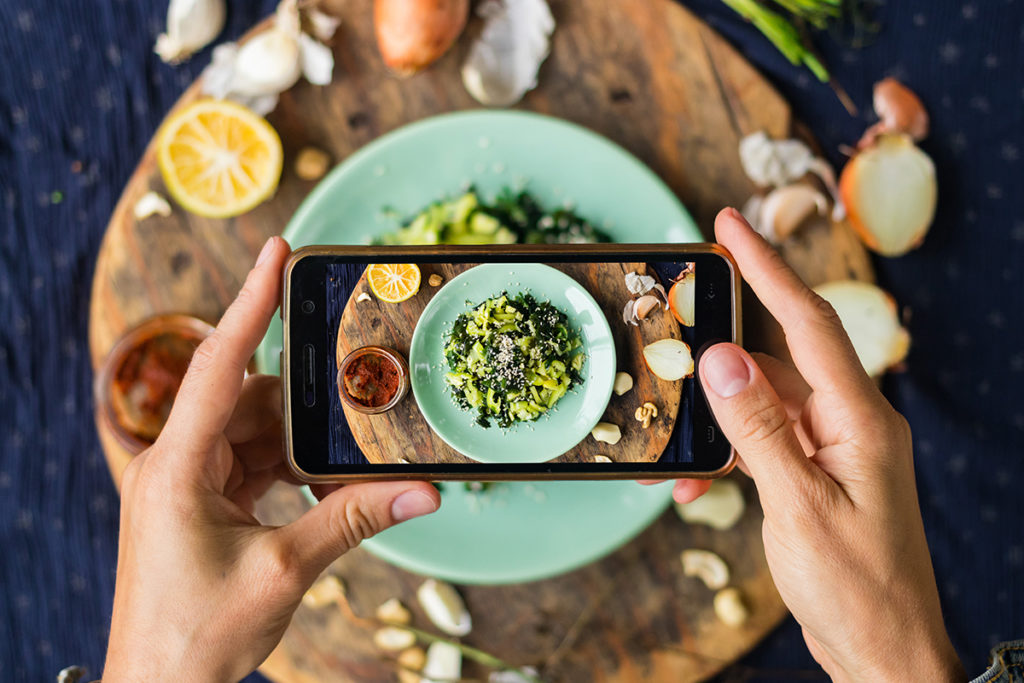
It’s also important to focus on pictures. Restaurant owners tend to underestimate how important photos are on these platforms. Customers are eating with their eyes. If you have high-res, beautiful photos of food, it triples your number of orders. It’s amazing.”
Macy:
“We want to be able to Instagram our food once we receive it from delivery! Massimo, how do you find your restaurant partners?”
Massimo:
“This is a very interesting question. I want to go back to three years ago when I started talking about this concept and this idea and I couldn’t find anybody that was interested in it at all. Now, we’re fortunate enough that we have large brands and even small brands.
However, we tend to curate the brands that come in. We don’t want to put two brands that are in competition with each other. We wouldn’t want to have two types of Mexican food or we don’t want to have two burgers and so on, under one one facility.
It shouldn’t be two main brands. We really do pay attention to the data when we go into a city. We go out and try to find the best brand that we can bring that people are looking for, and we’ll even do searches on what food is available in an area.
Let’s say that there is a search for Thai in Pasadena, and a lot of searches, but there’s nothing available for delivery, we go out and find the best possible brand of Thai food that we can bring in.”
Macy:
“Alex, a question about virtual kitchen store hours. Do they have to be the same as your brick-and-mortar store?”
Alex:
“We have actually seen a lot of variations based on demand. For example, there’s a report within the Ordermark dashboard that gives you information as to when all online orders are flowing into your kitchen.
We have a lot of restaurants that see a peak demand happening right after they close and it’s because: later at night, most restaurants aren’t available on these delivery platforms. What was interesting with the virtual restaurant is that you can operate a virtual restaurant in the off hours or eight hours that are not in your normal peak times.
For example, we have a restaurant that doesn’t open until 11 a.m. But from 8 to 11 a.m, they’re cranking out breakfast burritos via delivery with one employee operating the kitchen. On Sunday brunch rush, your kitchen is at full capacity. You can omit the floor restaurant and just be open for online orders from Monday to Saturday. It really allows you the flexibility to turn on additional incremental orders and whatever time period you want.”
Macy:
“Massimo, what is the level of labor that is needed to run your concept out of Kitchen United? How many staff members do you need?”
Massimo:
“It really depends on the size of the facility, right? We have kitchens with up to 16 staff, but we have implemented a lot of automation recently. We have Conveyor Systems that go out from every kitchen and take the food out to our pickup centers where the drivers come and pick up. That takes away a little bit of the labor from people running back and forth with the food and also gets the food out to the drivers a lot faster than a runner would do.
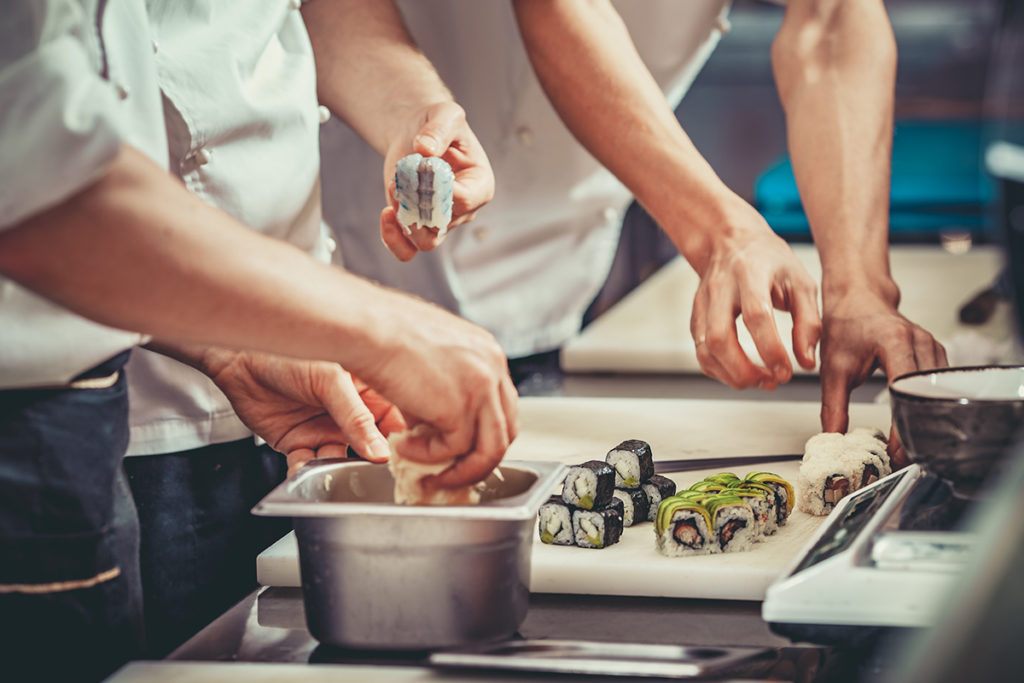
I would say we always have like four or five people on the floor depending on facility.”
Macy:
“Jenn, what are some of the interesting innovations that you’re seeing in the delivery space right now? I’ve been hearing that robots are the future.”
Jenn:
“Yeah, it’s true, I feel like there’s a robot for everything between rolling Sushi to salad vending machines. I think we’re going to see a lot more Robots coming out to simplify the production process.”
Massimo:
“Hmm. There is definitely more advanced cooking equipment that will produce the food faster and more consistently, right? There’s incredible machines out there like air fryers have come leaps and bounds from where they were five years ago. Intelligent ovens have come a long way. They can cook a piece of fish in four minutes, absolutely perfect. Our goal has always been getting the food as close as possible to the consumer but also in the fastest possible time.
When you get it at the restaurant, a lot of them use machine automation to assist the labor force to move food from point A to point Z. Like I mentioned, we have conveyors that we designed that are very interesting because they really help efficiency. There’s a huge future for robotics.”
Macy:
“I think what we didn’t touch on is just the delivery aspect. Eventually we’re going to have drones flying around dropping off food. And I know there are robots out there wheeling things around already.”
Massimo:
There’s exciting things coming, but I have to tell you, it’s a lot more fun to go back to Italy on vacation and see the guys driving around the food with the Vespa.”
Learn how to grow your restaurant and thrive with online ordering.
Join thousands of peers already getting valuable tips and insights sent to their inbox.


